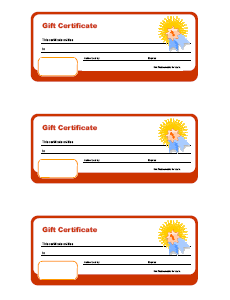
* This can be used in the classroom for homework passes, extra credit, hall passes etc.
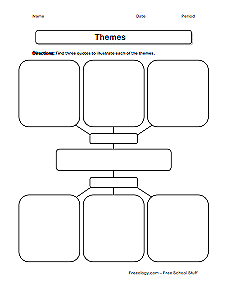
* This is a Theme worksheet that can be used in any class
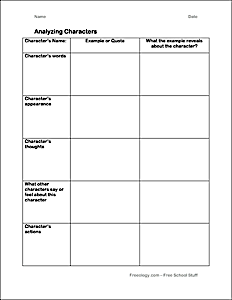
* This can be used for analyzing different aspects of characters

* This is used in a simple 3 point essay
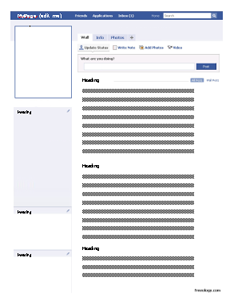
* This is a facebook mock profile that can be used to outline any chapter in any subject
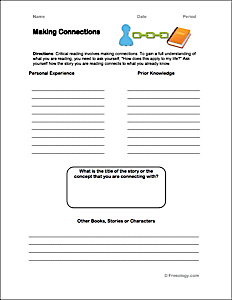
* This can be used when doing literature circles or relating ones self with the story
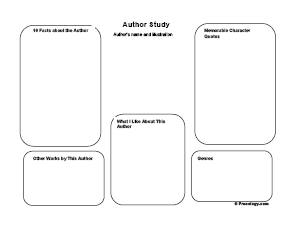
* Author Study worksheet

* Used when comparing and contrasting two seperate ideas
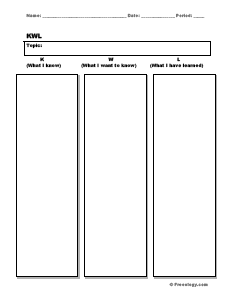
* a KWL helps gage what students know, what they want to know, and what they learned in a lesson; is a good assessment

*Story Plot Graph

* Helps with writing a paragraph
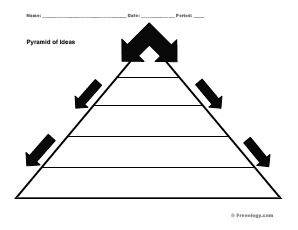
*Pyramid of Ideas
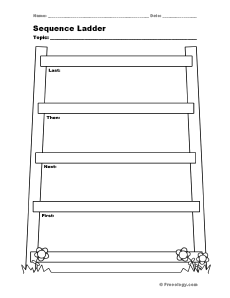
*Sequence Ladder